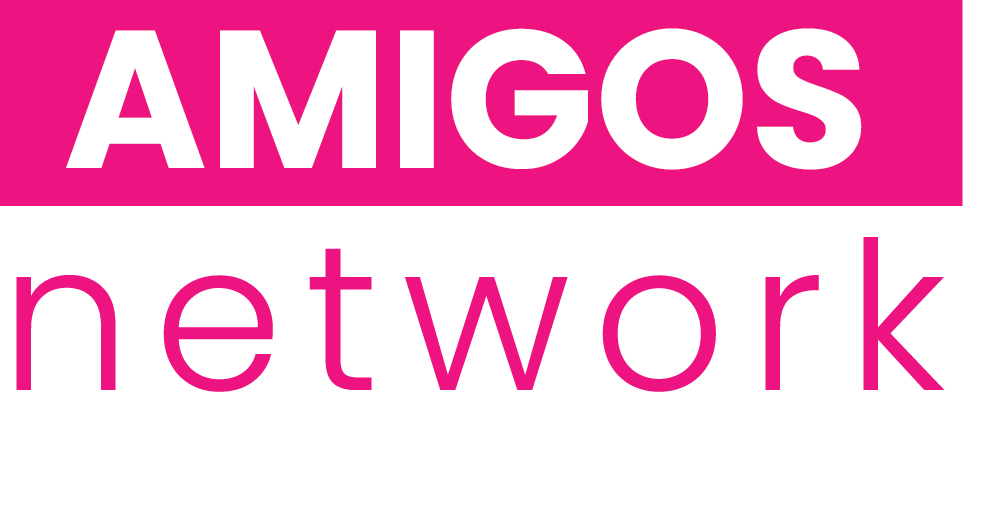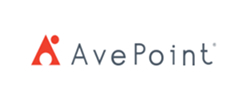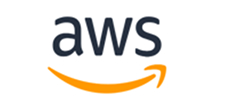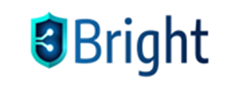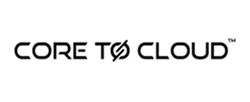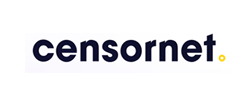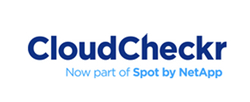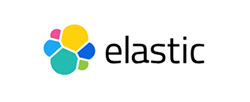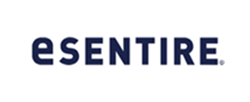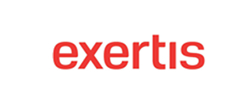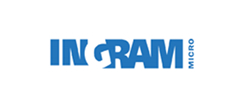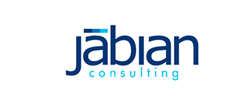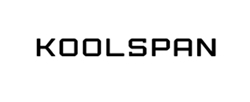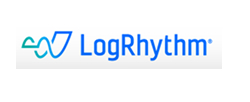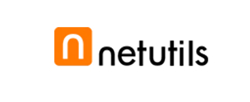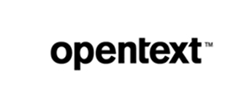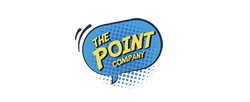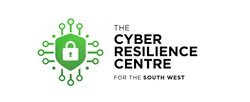Tuesday, November 05, 2024 by Shelley Hirst
Driving business growth is no longer about short-term tactics. It’s about building dialogue, trust and credibility with those people you’re trying to sell to.
In this blog we look at how engagement is not enough, and why relationships bring success.
Infosec, June 2024
David, a cyber security leader from 123 Ltd in Birmingham walks into London’s ExCel on the first day of Infosec with no particular plan for the day – he’s got a few pain points he could do with finding some solutions for, but mostly he’s just there to see what topics are trending, what his peers are talking about and to build some food for thought to consider over the next few months. He spends the next few days watching the seminars and keynotes, chatting with some like-minded folk in the networking zones, and chatting with some of the exhibitors.
He also got chatting with one of his peers who mentioned a "fringe" event he was going to pop into over lunch if he wanted to meet up over there for a decent bite to eat and a couple of beers.
The day after Infosec.
He’s arrived back at his desk after being at the event the last few days, and his phone and inbox are going off the hook – and it’s only 08:30. One of the voicemails is quite a hurried one from “John” from Acme reseller “Hi David, it’s John from Acme Reseller. I was just looking to catch you after our conversation at Infosec when you said you’d like to join our fine dining event in London next month”.
That’s strange thought David, I don’t recall speaking with anyone about that, especially as I know I’d struggle to get another trip to London signed off so soon after Infosec. Just then an email comes in with his “personal invite” to the dining event, and what he can expect from the evening.
A week later
David has just about finished cleaning out his voicemail and inbox of all the follow-ups from conversations he’d allegedly had at Infosec, and the dust is beginning to settle so he can get back to his day job.
After unsubscribing from emails inviting him to events he won’t be able to go to in London any time in the foreseeable, he’s had a look through the stuff he collected (or was forcibly handed) at the event and whittled it down to a few things that might help with that he's got going on over the summer months.
A time waster, a tyre kicker?
David is a senior manager with some problems he needs to solve and a decent budget to address them. At Infosec, he adopted a thorough and pragmatic approach to solving his immediate needs and looked for interesting stuff that may be useful at some point in the future. However, by the standards of 99% of the companies he met or was somehow scanned by, David would come to be labelled a “time waster” and stand sponsorship being a complete waste of investment.
In reality, he’s far from it. He’s a credible IT professional with a budget who didn’t feel compelled to respond to “a quick follow-up call” or generic follow-up emails from people he doesn’t even remember meeting. But that doesn't mean he will never be someone you wish to engage with.
David's next move
Once he cut through the noise—including offers to win everything from Formula 1 driving experiences to skydiving in Dubai—he narrowed his focus to a few things that genuinely interest him. One standout is an email from the "fringe" event he dropped into during lunch. A great recommendation by his mate as he had some great conversations with his peers and vendor sponsors where he found he had a mutual interest with one of them in ice hockey leading to a few social introductions as well as business conversations.
3 months later
David is an active member of the MYREDFORT, contributing regularly to the discussion topics and proposing solutions to other IT professionals’ problems as well as having some of his pain points answered. In doing so he’d suggested the cyber security solution he uses to a chap that had been hit with a ransomware attack recently, and he’d had a nice recommendation of his own for the cloud storage solution he’d been meaning to start looking at since before Infosec.
Why he liked this approach was there were no forced phone calls trying to “catch up with him after the show” about a conversation he hadn’t had, just a simple invitation and a useful branded bag of swag offered by all the sponsors of the event.
Patience and respect are key
Whilst patience is not a trait the majority of sales folk have in abundance, it's worth remembering we all buy stuff and there's nothing worse than being hassled. If there aren't enough quality leads coming through, buyers are not the problem, you are.
Effective modern marketing relies on nurturing individuals with a common interest and who choose because they are getting enough of the right information to fuel their interest and buying decisions.
Short-term tactical actions (such as Infosec follow-up in this case) should always be underpinned by well-considered long-term plans and a mix of communications (determined by his preferences) including the website and app, email, social media, phone and so on.
In the background, these are all managed by slick automation processes and CRM to manage David’s buyer journey so intrusive off-putting interactions don't happen, but his preferences and engagement are monitored and offered to salespeople when the time is right.
One-and-done activities are a relic of the 90s and noughties and should be left there. And although it’s demonstrably clear that times a-changin’, David’s experience shows that many companies are steadfastly sticking to the tradeshow approach followed by a phone and email blitz for 1-2 weeks before labelling non-respondents as “time wasters” in sales’ case, or “leads to nurture” in marketing’s case.
See it in action
Market Activation has been around since 2020 and our buyer communities include thousands of "Davids" who interact with us every week.
We bring them and manage them on behalf of our seller customers to deliver highly qualified leads ready for sales interaction. No vanity leads, no hassle required.
But this is no easy ride for us - we are all about performance. We are so sure our methodology works, that we put guarantees in place right up front.
If you'd like a quick overview or a more detailed demo, please feel free to book some time in our diary.
Equally, if you'd like to know more about our community "fringe" event, CyberSync, here's some more information.
Frequently Asked Questions
Market Activation identifies in-market buyers (via intent data, behavioural signals) and immediately engages them with tailored outreach (nurture tracks, one-to-one advisor sessions, community invites).
Demand Engine: Targeted outreach (email, ads, sponsorships) that scores clicks → qualified leads → sales-ready appointments.
Performance Dashboard: Real-time visibility into open rates, CTOR, CPL and lead progression via our online sales portal.
Content Amplification: Thought leadership shared in The Amigos Network drives deeper engagement and social proof.
Peer Validation: Prospects get candid feedback from peers on your solutions, shortening the evaluation cycle.
Pipeline Catalysis: Warm introductions and referral paths within the community fuel high- intent conversations.
- Top-of-Funnel: Build credibility through community content and events.
- Mid-Funnel: Leverage peer case studies, expert Q&As, and live demos to answer deep technical questions.
- Bottom-of-Funnel: Invite high-intent members to advisory councils or private 1:1 sessions, often the final nudge before purchase.
- Interesting content: We originate, curate, and syndicate different types of content we know our audiences want to engage with and tell them it’s there.
- Sponsored content: We use sponsored content to drive engagement with individual brands.
- Promotion: We promote that content via multiple channels such as email, social media, YouTube, and so on.
- Identification: We ingest company-level engagement signals and combine it with known contacts that may be researching key topics.
- Segmentation: Members are bucketed by level of intent (high, medium, low) plus ICP fit and company size.
- Activation: High-intent members receive prioritised community invitations (events, focus groups, product deep-dives) to accelerate deals.
- Purchased data highlights who’s in-market.
- Community engagement reveals what questions they’re asking, so your nurture can be hyper-relevant.
- Result: A 2–3× lift in meeting acceptance and pipeline velocity vs. cold outreach alone.
- Marketing owns the nurture tracks, community invites, educational content, and event promos.
- Sales intervenes only at “high-intent + active community engagement” thresholds, with account-specific demos and peer introductions.
- Outcome: Fewer wasted calls and a higher win rate on truly qualified opportunities.
- Engagement Metrics: Community log-ins, event attendance, content downloads.
- Intent Conversion: % of intent-scored members who join private roundtables or request demos.
- Pipeline Velocity: Time from first community touch to opportunity creation.
- Revenue Impact: Contribution of community-sourced deals to overall bookings.
- Average Weekly Open Rate: 40%
- Average Weekly Click-to-Open Rate: 70%
- Average Cost-per-Lead: £45
- Minimum ROI: 500%
- Average Dwell Times: 1 minute 45 seconds
